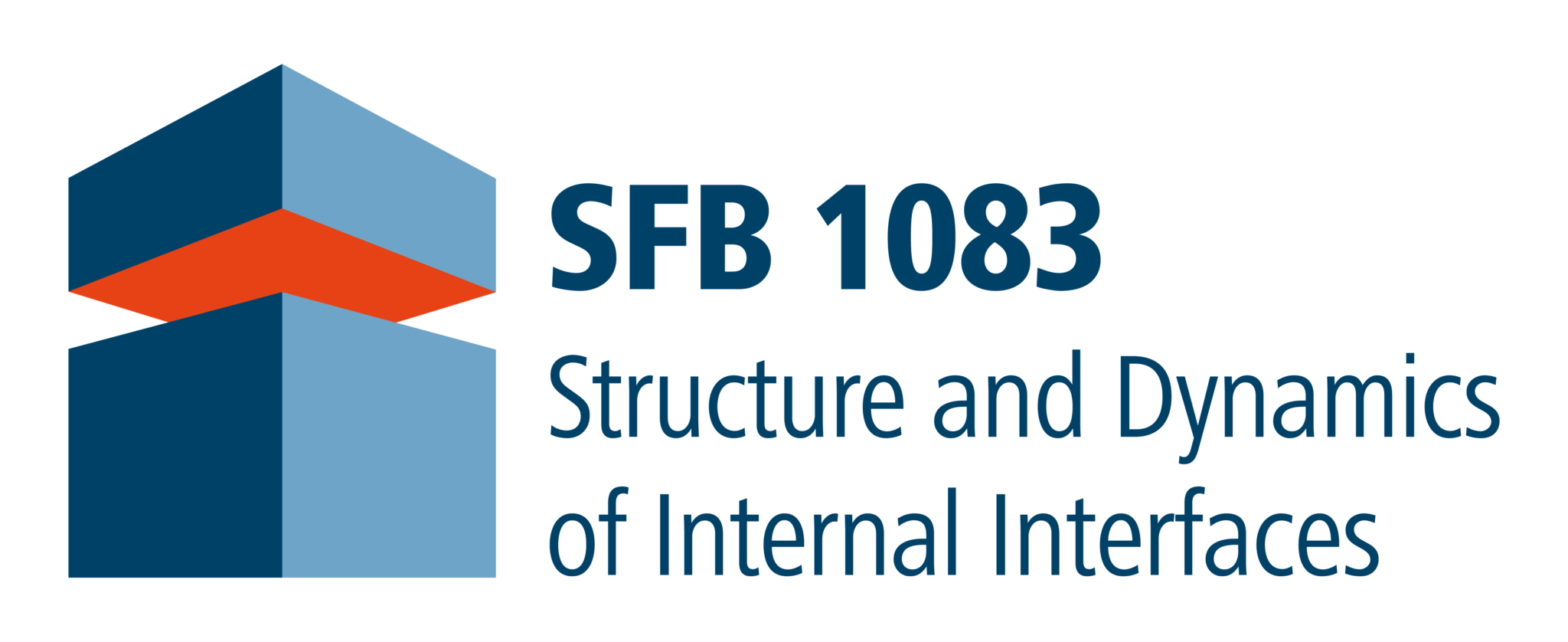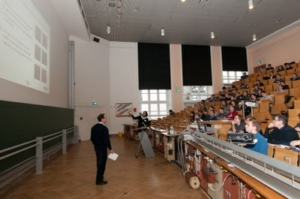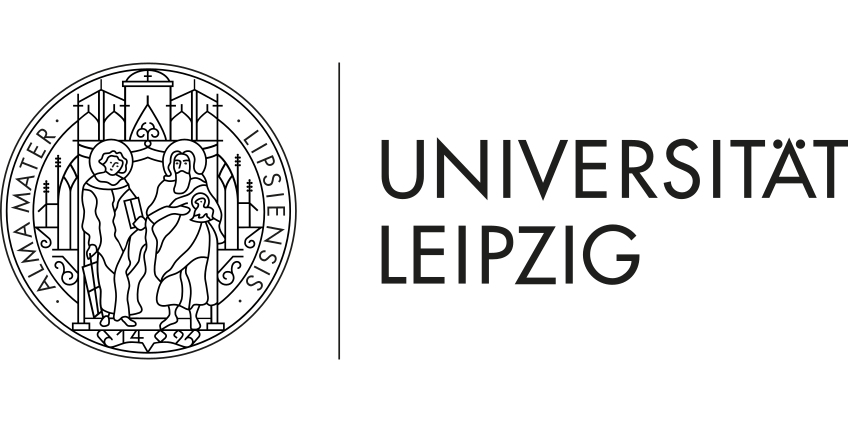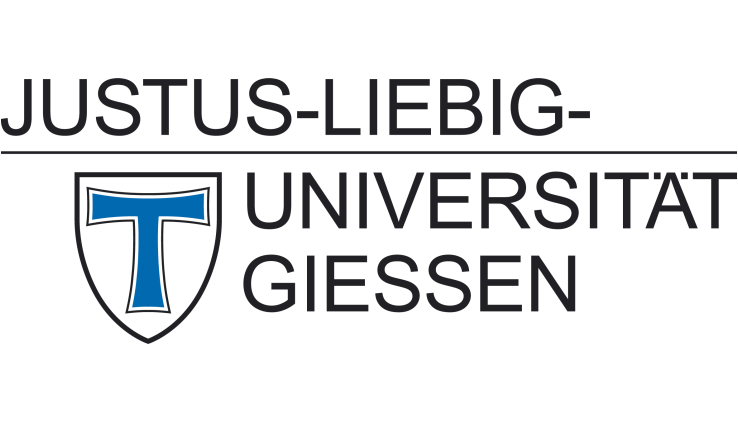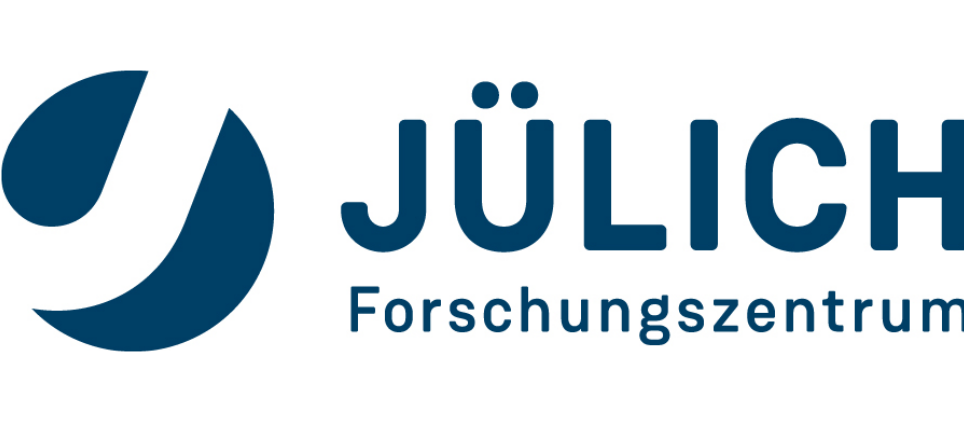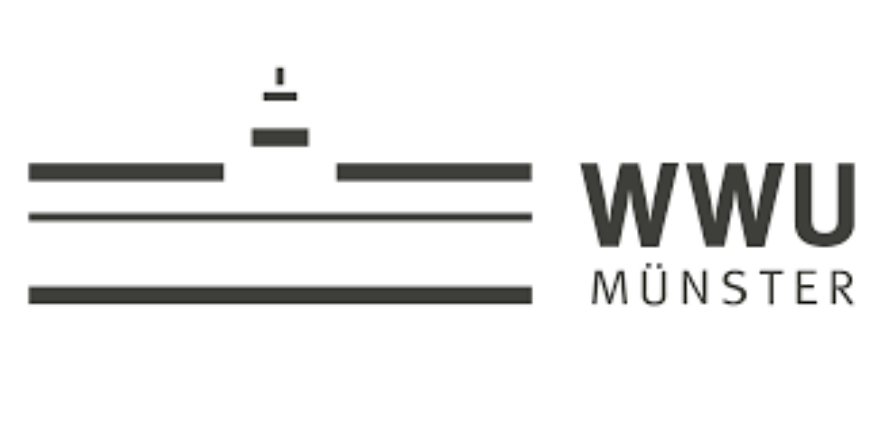Structure of Molecular Acceptor-Donor Interfaces: The Case of Pentacene and C60
Organic photovoltaic (OPV) cells based on conjugated polymers or small molecular weight organic compounds have attracted substantial research attention in the last decade due to their potential to provide clean and low-cost electrical energy. Unfortunately, the complex interface structure of polymer blends has so far largely hampered microscopic studies on the energetics and dissociation dynamics of photo-generated excitons formed at the involved donor-acceptor junctions. Aiming to improve the understanding of the microstructure and energetics of molecular hetero-structures, prototypical model interfaces between small molecular weight organic
compounds that form crystalline films, such as Buckminster fullerene (C60) and pentacene (PEN), are of particular interest. Although mutual conformations and the exact structure of the interface between both compounds are theoretically proposed to have significant impact on the actual device characteristics, the microstructure of
these interfaces had so far hardly been addressed in previous works.
In a current study of the working group Molecular Solids (Prof. G. Witte) which was just published in the journal ACS Applied Materials & Interfaces, the interface between the organic semiconductors pentacene and fullerene has been investigated by combining microscopy (AFM, SEM) with diffraction (XRD) and x-ray absorption spectroscopy (NEXAFS) techniques. It was demonstrated that utilizing the anisotropic interaction between different molecular compounds and tuning the effective diffusion length enables structural control over nanostructures. To understand the interface formation in detail, well-defined, crystalline pentacene multilayers have been used as support, on which small amounts of C60 have been deposited. By adjusting the substrate temperature during growth, the effective diffusion length was tuned and a site specific nucleation was achieved which allows or suppresses C60 nucleation at step edges, or even activates diffusion along step edges yielding separated
but edge-pinned C60 clusters. As a result, C60-adlayer structures of different dimensionality have been realized ranging from planar films (2D) to step decorated chains (1D) to clusters (0D). Interestingly, all these different structures are found to be fully stable at room temperature. It was further demonstrated that such 1D and 0D C60 structures can be overgrown by subsequent pentacene deposition, forming a crystalline cover layer of the same orientation as the bottom layer, hence enabling the formation of low dimensional buried organic heterostructures.
The present results are an important milestone towards an understanding and controlled fabrication of interfaces between organic semiconductors and will be the basis for further spectroscopic studies of the buried C60 nanostructures that are explored in the collaborative research centre 1083 “Structure and Dynamics of Internal
Interfaces”.
Publication: T. Breuer and G. Witte
Diffusion-Controlled Growth of Molecular Heterostructures: Fabrication of Two-, One-, and Zero-Dimensional C60 Nanostructures on Pentacene Substrates
ACS Applied Materials and Interfaces (in print, 2013), DOI: 10.1021/am402868s

